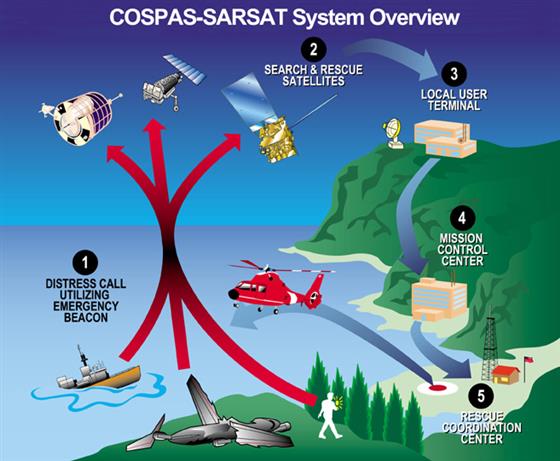John Goglia
http://www.forbes.com/sites/johngoglia/http://www.forbes.com/sites/johngoglia/
I’m an independent aviation safety consultant and Adjunct Professor at Vaughn College of Aeronautics and Technology and regular monthly columnist for four aviation trade publications. I was a Member of the National Transportation Safety Board and airline mechanic for more than 30 years and was also the first and only aviation mechanic to ever serve as a Board Member. I co-authored two text books (Safety Management Systems in Aviation, Ashgate Publishing 2009 and Implementation of Safety Management Systems in Aviation, Ashgate Publishing 2011).
Malaysian Air Flight MH370: How Can A Boeing-777 Aircraft Suddenly Lose All Contact?
One of the questions I’ve been asked repeatedly since word emerged that a Malaysian Airlines Boeing BA -0.25% 777 had disappeared, is how can a modern airliner flying at 35,000 feet suddenly lose all contact? First, there needs to be an understanding of the type of contact that an airliner in flight typically has. Airline crews communicate with air traffic control both by verbal instructions over radios and through automatic transmissions from various aircraft systems, such as a transponder which relays information about the flight (e.g. altitude) to ground radar stations. The transponder information is then displayed on an air traffic controller’s screen as an alpha-numeric readout.
Crews also have the ability to communicate with their airline through discrete radio channels. There is usually at least one other back up communication system that allows communication between the ground stations and the flight crew. Other aircraft systems commonly used by many airlines also communicate with commercial services that monitor other parts of the aircraft, such as engines, and report that data back to the airline. This data is then used to monitor and improve aircraft system performance.
For all communication to suddenly cease without a distress signal usually indicates a catastrophic failure of the aircraft , not allowing time for the crew to communicate either by radio or through the aircraft transponder. Modern airliners have multiple radios for voice communication and the transponder can be used to send signals that indicate different problems with the aircraft (for example a discrete code for hijacking). A complete electrical failure is extremely unlikely because of redundancies in the system, especially the ram air turbine which uses the power of the wind generated by the aircraft’s motion in flight to generate electricity which would power critical navigation and communication systems, as well as flight controls. But even if the aircraft had a complete electrical failure, the aircraft could have continued to fly. If the aircraft was out of radar range when a failure occurred – but able to fly – it would eventually fly to an area with radar coverage and be picked up by air traffic control radar.
It is too early to speculate on what could have caused a catastrophic failure to the aircraft, if that is in fact what occurred.

